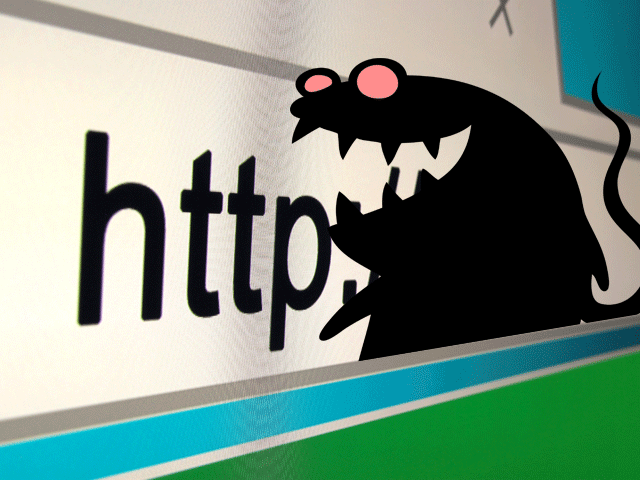

Alternating the country code: Changing a country code top-level domain (ccTLD) from “.uk” to “.us” or from “.com” to “.cm” is another easy way for infringers to create a typosquat site.Hence, it is common that users mistake domain extensions and for instance type “.com” instead of “.biz” which leads them to a false website. False domain endings: Domain owners can register and choose from numerous top-level domains (TLDs).Sometimes alternative spellings like “” vs. Alternative spelling: Arriving at a typosquatting website doesn’t necessarily mean that you made a grammar or spelling mistake.Some domain names are simply wrongly spelled, such as “”. Spelling errors: When a user is guided to a false website, it’s not always the keyboard that is to be blamed.Typographical errors: Mistyped web addresses of well-known brands often happen when quickly typing in web addresses manually into your browser.Here are the most common traps to keep in view in order to prevent typosquatting: Typosquatting domains appear in different forms. Take down websites that take advantage of your brand with technology Typo domains usually lead to web-optimized landing pages and fake websites that generate profits for the hosts or trick users into revealing personal data. As web addresses are prone to typos, infringers seek to get an advantage from internet users who are unaware that they are navigating on an untrustworthy website. Typosquatting is a practice through which a website host registers domain names similar to popular brands that contain misspellings or typographical errors like “” instead of “”.
EXAMPLES OF TYPOSQUATTING HOW TO
How to use technology to protect your website from typosquatting.



 0 kommentar(er)
0 kommentar(er)
